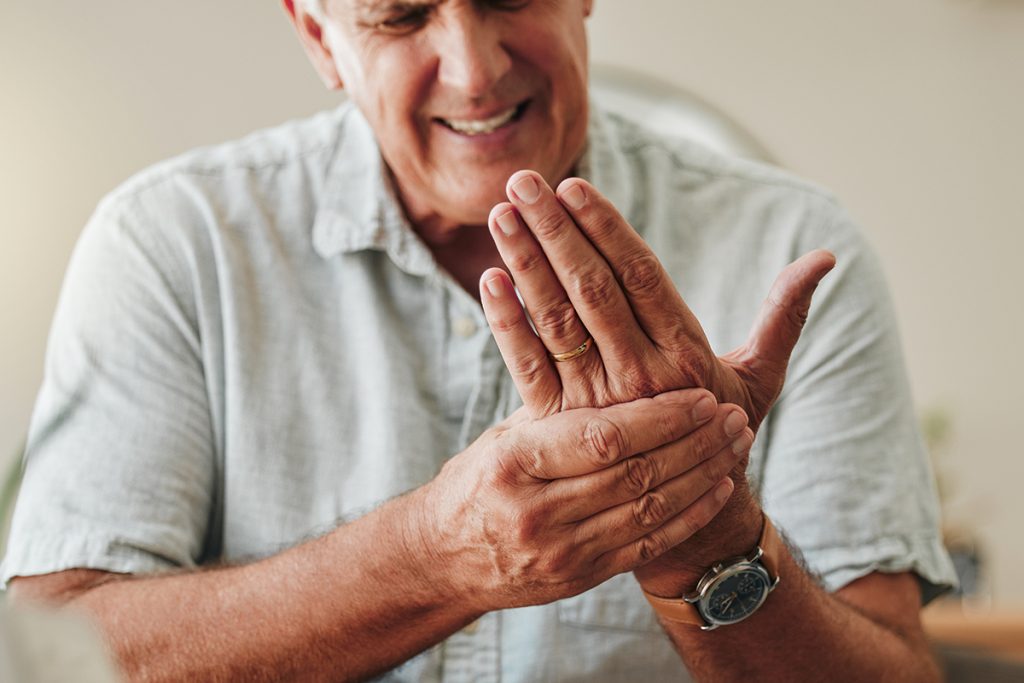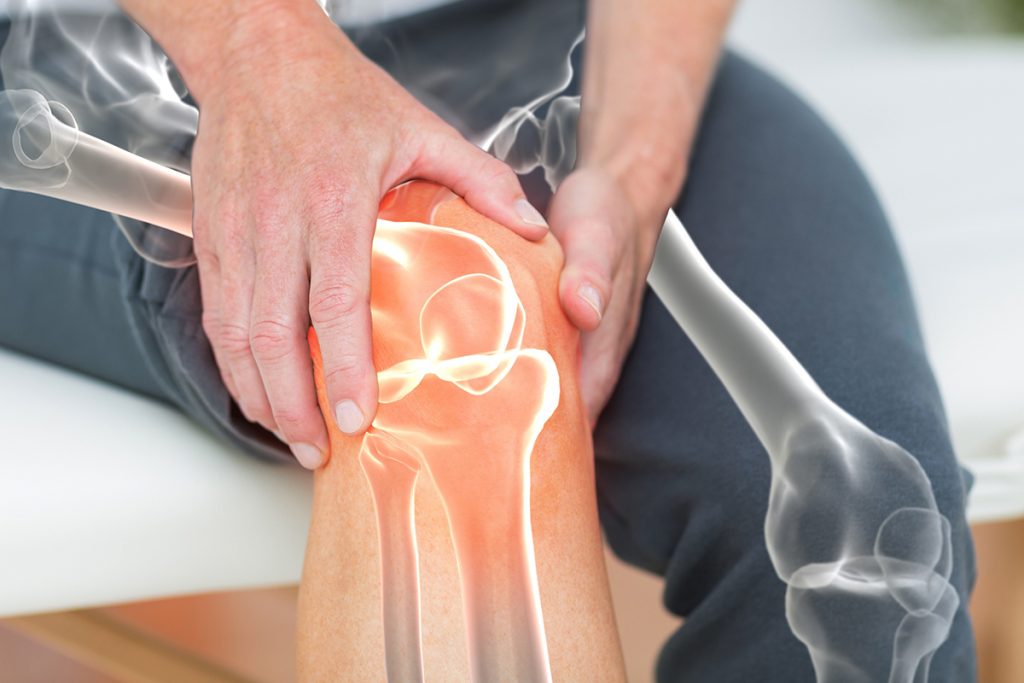Table of Contents
 COVID-19 has turned our world upside down in so many ways. As we move through the third year of the pandemic, we’re just beginning to understand the long-term effects of the virus. The medical community is learning about the condition known as Long COVID, which covers symptoms including breathlessness, fatigue and musculoskeletal pain twelve weeks or more after infection. Research has shown that joint pain and inflammation are post-COVID symptoms in many patients, and physical therapy is a promising treatment.
COVID-19 has turned our world upside down in so many ways. As we move through the third year of the pandemic, we’re just beginning to understand the long-term effects of the virus. The medical community is learning about the condition known as Long COVID, which covers symptoms including breathlessness, fatigue and musculoskeletal pain twelve weeks or more after infection. Research has shown that joint pain and inflammation are post-COVID symptoms in many patients, and physical therapy is a promising treatment.
COVID and Joint Pain
As with many viruses, muscle aches are a common symptom during a COVID infection. But as patients recover, research shows various lingering effects, including joint pain. A 2021 study from Northwestern University used radiological images to show musculoskeletal changes after COVID infections. Some of the conditions identified include:
- Tissue inflammation
- Injured nerves
- Blood clots
- Gangrene
- COVID Toes, where the skin of the fingers or toes becomes swollen and purple, possibly because of an immune response to infection.
 COVID infection is linked to flare-ups in patients with rheumatoid arthritis, an autoimmune disease that involves joint inflammation. One patient in the Northwestern study experienced shoulder pain caused by a rheumatoid arthritis flare. However, COVID infections are not just causing pain for people already diagnosed with RA and other autoimmune conditions. Another 2021 study showed that joint pain, or “arthralgia,” is a common COVID symptom, appearing in around 15 percent of patients. Some patients with no history of arthritis experienced new joint pain, inflammation and swelling post-infection.
COVID infection is linked to flare-ups in patients with rheumatoid arthritis, an autoimmune disease that involves joint inflammation. One patient in the Northwestern study experienced shoulder pain caused by a rheumatoid arthritis flare. However, COVID infections are not just causing pain for people already diagnosed with RA and other autoimmune conditions. Another 2021 study showed that joint pain, or “arthralgia,” is a common COVID symptom, appearing in around 15 percent of patients. Some patients with no history of arthritis experienced new joint pain, inflammation and swelling post-infection.
The medical community is exploring links between COVID and “reactive arthritis,” a condition that occurs when a virus attacks your joint and prompts an immune response leading to swelling. It often occurs in the knees, ankles and feet. Patients have also reported a fibromyalgia-like condition after a COVID infection.
COVID and Arthritis
An understanding of the complex relationship between rheumatoid arthritis and COVID infection is starting to emerge. On the one hand, patients with autoimmune conditions, including rheumatoid arthritis, are at higher risk for COVID infection. Common arthritis drugs, including corticosteroids, can weaken the immune system and may put patients at higher risk. On the other hand, COVID infection can leave patients previously diagnosed with RA with higher levels of pain, creating a vicious cycle. While much more research is needed, staying up to date with your COVID vaccine and bivalent booster is essential. As orthopaedists, the pandemic is changing how we look at joint pain. COVID infection is now a necessary part of a patient’s medical history and can impact how we look at scans. We are also learning about physical therapy’s vital role in helping patients recover from joint pain and other symptoms of Long COVID.
Can Physical Therapy Help With Long COVID?
The more we learn about long COVID and associated musculoskeletal pain, the more we see where high-quality physical therapy can help patients return to wellness. As providers, we see patients experiencing symptoms– including fatigue, muscle weakness, respiratory problems, shortness of breath and joint pain– weeks and months after their initial infection. These long-term effects can impact mental health and make returning to work and family responsibilities challenging.
A 2020 report by World Physiotherapy underscores physical therapy’s role in helping patients recover after a COVID infection. Physical therapy is critical for patients after a COVID hospitalization and can help others without a hospital stay. PT can support post-COVID and long COVID patients through practices including:
- Mobility training
- Strength training
- Activities of daily living (ADL) therapy
- Aerobic exercise to restore stamina and respiratory function.
Recovering after COVID can be a long and challenging process on many levels. Patients are hurting, worn down and often depressed. But getting moving again can help. If you have joint pain, muscle weakness or other symptoms following a COVID infection, your orthopedics/physical therapy provider can support you in your healing journey. The team at Countryside Orthopaedics is developing innovative ways to manage pain, inflammation and other symptoms, restoring function and gradually helping patients feel good again.